Introduction – A Trailer’s Promise – A Film’s Letdown
Marvel’s Thunderbolts, now streaming on Prime, was marketed as a bold, genre-bending ensemble piece. The trailers teased comic-book flair, clever effects, and a morally complex team of antiheroes. But the final product didn’t deliver. What viewers got was emotionally heavy, visually muted, and narratively thin. This breakdown explores where it faltered—and why it matters.
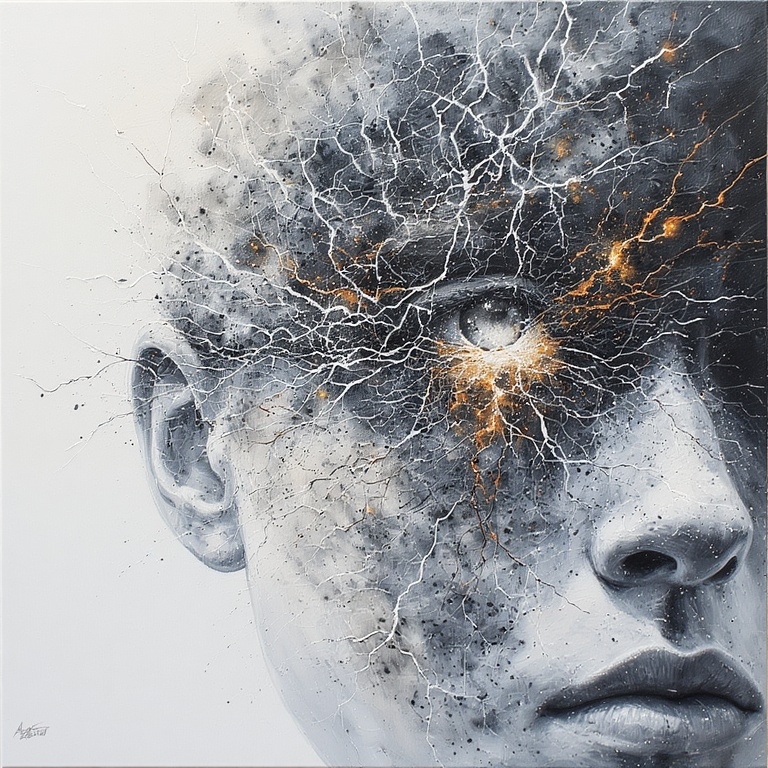
Ensemble Casting – Familiar Faces – Disconnected Energy
The cast includes Florence Pugh (Yelena Belova), Sebastian Stan (Bucky Barnes), David Harbour (Red Guardian), Wyatt Russell (John Walker), Hannah John-Kamen (Ghost), and Olga Kurylenko (Taskmaster). Individually, these actors have proven their mettle in prior MCU entries. But Thunderbolts fails to capitalize on their strengths.
- Chemistry Breakdown – There’s minimal emotional interplay. Yelena and Bucky share no meaningful arc. Red Guardian’s humor feels isolated. Ghost and Taskmaster are underwritten and visually sidelined.
- Comparative Failure – Unlike Guardians of the Galaxy, which built synergy through shared trauma and humor, Thunderbolts offers no bonding scenes, no shared mission ethos, and no emotional glue.
Mental Health Themes – Depth Without Drive
Marvel’s recent pivot toward trauma-focused storytelling (Moon Knight, WandaVision) continues here, but Thunderbolts overcorrects.
- Narrative Imbalance – The film foregrounds grief, PTSD, and moral fatigue, but without narrative propulsion. Yelena’s mourning, Bucky’s guilt, and Ghost’s instability are presented as static conditions rather than evolving arcs.
- Emotional Saturation – The tone is relentlessly somber. Without levity or catharsis, the film becomes emotionally claustrophobic.
- Missed Opportunity – A deeper dive into how these characters cope, clash, and grow could’ve created a compelling psychological ensemble. Instead, trauma becomes a narrative dead-end.
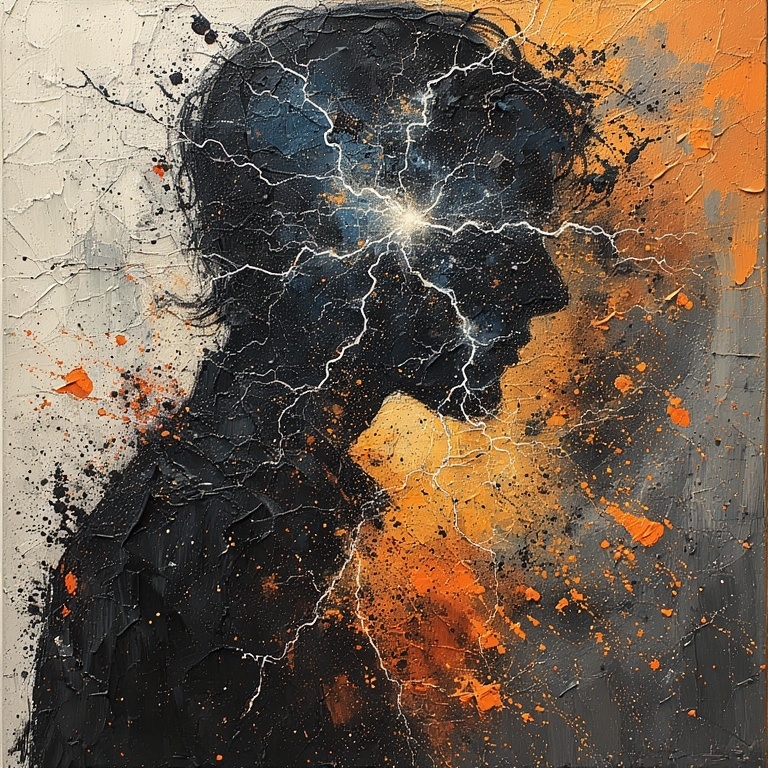
Marketing vs Reality – Aesthetic Bait-and-Switch
The trailers promised a comic-book visual language, kinetic transitions, stylized combat, and genre-savvy framing. The final film is visually conservative.
- Color Grading Shift – The trailer’s vibrant palette is replaced by greys and blues. Scenes lack contrast and emotional texture.
- Framing and Blocking – Action scenes are shot in wide, static frames with minimal dynamism. There’s little use of comic-book paneling or visual metaphor.
- Audience Impact – Fans expecting visual flair were met with a flat aesthetic that undermined the film’s energy.
Narrative Structure – Fragmented and Underdeveloped
The central plot—stopping Valentina Allegra de Fontaine from weaponizing the Void—is thin and poorly scaffolded.
- Mission Logic – The stakes are vague. Why this team? Why now? The Void is underexplained, and Valentina’s motivations are opaque.
- Scene Transitions – The film jumps between locations and emotional beats without connective tissue. There’s no rising tension or thematic layering.
- Character Arcs – Most arcs are static. Yelena begins grieving and ends grieving. Bucky is morally tired throughout. There’s no transformation.
Runtime and Pacing – Shorter – But Not Sharper
At 127 minutes, Thunderbolts is leaner than most ensemble films. But the brevity works against it.
- Scene Compression – Key emotional beats are rushed. The Malaysia sequence ends abruptly. Team-building scenes are absent.
- Pacing Rhythm – The film oscillates between slow introspection and rushed action. There’s no narrative rhythm or escalation.
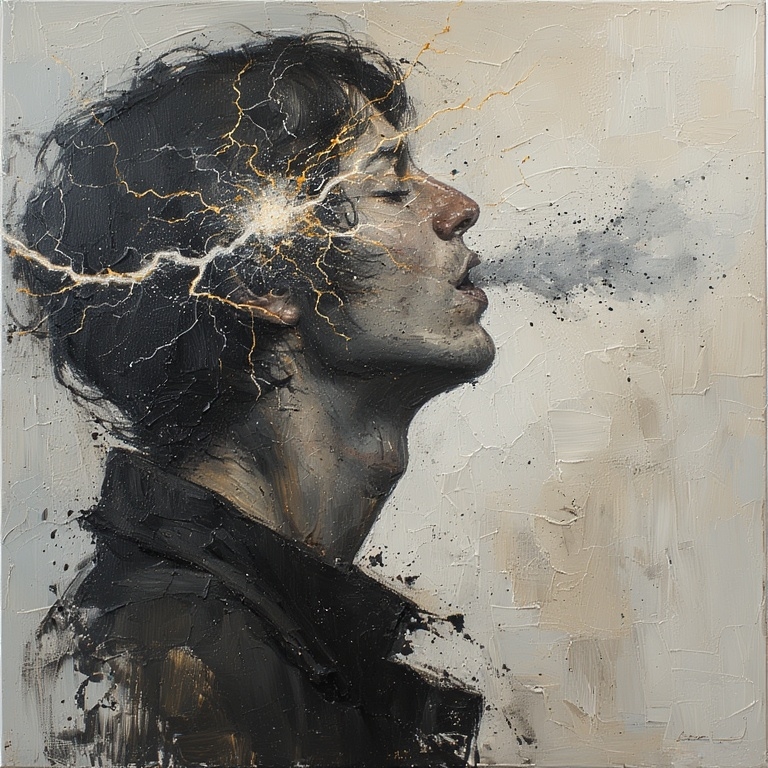
Stunt Choreography – Conceptually Strong – Visually Weak
The Malaysia rooftop sequence had potential, vertical combat, multi-character coordination, and urban tension. But execution falters.
- Choreography Breakdown – Movements are clean but lack impact. Camera angles don’t showcase spatial dynamics. Cuts are too frequent to build suspense.
- Comparative Note – Captain America: The Winter Soldier used tight choreography and handheld framing to create visceral tension. Thunderbolts feels rehearsed, not lived-in.
Character Utilization – Legacy Diluted
Each character has a rich MCU history, but Thunderbolts fails to build on it.
- Yelena Belova – Her wit and emotional complexity from Black Widow are flattened into grief.
- Bucky Barnes – His arc in Falcon and the Winter Soldier was about redemption. Here, he’s passive and disengaged.
- Red Guardian – Comic relief without narrative function.
- Ghost and Taskmaster – Barely present, with no development or standout moments.
Editing and Flow – Disjointed and Inconsistent
Angela Catanzaro and Harry Yoon’s editing lacks cohesion.
- Scene Transitions – Abrupt cuts undermine emotional continuity.
- Action Rhythm – Fight scenes are clipped, lacking buildup and payoff.
- Emotional Beats – Scenes end before tension resolves, creating a sense of narrative whiplash.
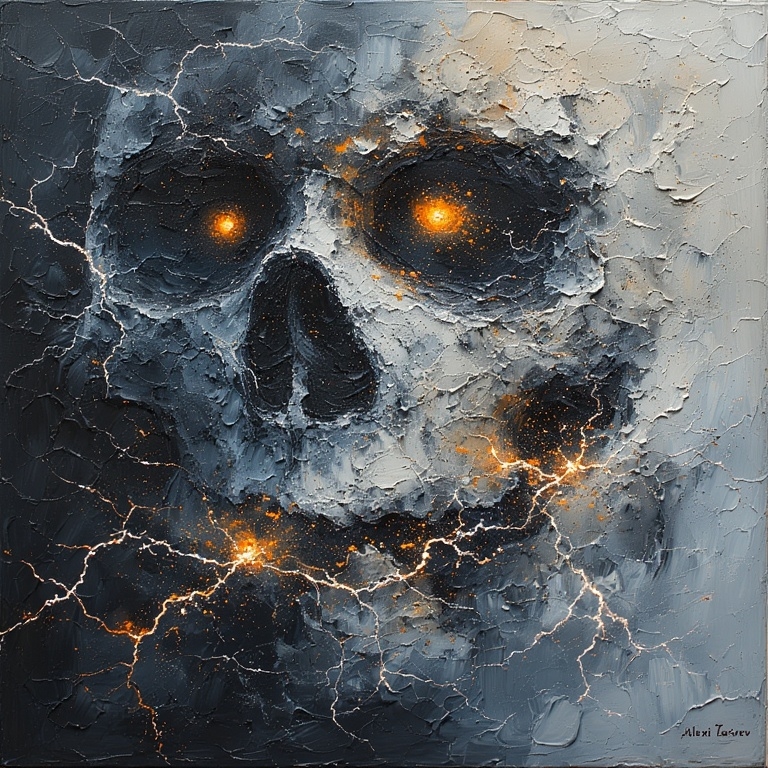
Cinematography – Technically Clean – Emotionally Flat
Andrew Droz Palermo’s work is competent but uninspired.
- Lighting Choices – Overuse of grey tones dulls emotional resonance.
- Framing – Static compositions dominate. There’s little use of depth, movement, or symbolic framing.
- Visual Storytelling – The camera doesn’t reveal character psychology or thematic subtext.
Sound Design and Score – Functional – Not Iconic
Son Lux’s score aims for moodiness but lacks thematic identity.
- Soundstage – Ambient noise is minimal. Action scenes lack sonic intensity.
- Score Integration – Music doesn’t elevate scenes—it accompanies them passively.
- Comparative Note – Unlike Ludwig Göransson’s work in Black Panther, which fused cultural motifs and emotional cues, Son Lux’s score feels generic.
Direction – Indie Sensibility – Blockbuster Confusion
Jake Schreier’s indie background shows in the film’s tone—but it clashes with Marvel’s scale.
- Tone Conflict – The film wants to be introspective and explosive, but doesn’t commit to either.
- Character Focus – Schreier emphasizes emotional beats, but without narrative scaffolding, they feel isolated.
- Genre Identity – Is this a psychological drama? A team-up thriller? A spy film? The lack of genre clarity weakens audience engagement.
Villain Construction – Valentina’s Missed Moment
Valentina Allegra de Fontaine is positioned as the antagonist, but she’s underwritten.
- Motivational Gap – Her goals are vague. Her methods are unclear. Her emotional stakes are nonexistent.
- Screen Presence – She appears sporadically, with minimal impact.
- Comparative Failure – Marvel’s best villains (Loki, Killmonger, Thanos) have clear ideologies and emotional depth. Valentina is a cipher.
Franchise Integration – Filler – Not Foundation
Thunderbolts was meant to bridge Black Widow, Falcon and the Winter Soldier, and future MCU entries. It doesn’t.
- Lore Expansion – The Void is introduced but not contextualized. No new world-building occurs.
- Character Continuity – Arcs from prior films are stalled, not advanced.
- Multiverse Impact – The film doesn’t contribute meaningfully to Phase 5’s multiverse narrative.
Audience Psychology – Expectation vs Experience
Marvel audiences are conditioned to expect a blend of spectacle, emotional resonance, and character synergy. Thunderbolts disrupts that formula—but not in a way that feels intentional or rewarding.
- Expectation Fracture – The trailers suggested a morally grey, high-energy ensemble film. Viewers anticipated The Suicide Squad-style chaos or Winter Soldier-level tension. Instead, they got introspection without payoff.
- Emotional Disconnect – The film’s heavy tone and lack of catharsis created emotional fatigue. Audiences weren’t given moments to laugh, cheer, or feel triumphant.
- Engagement Drop-off – Social media sentiment and audience scores reflect a sharp decline in engagement after the first act. Viewers felt misled and disengaged.
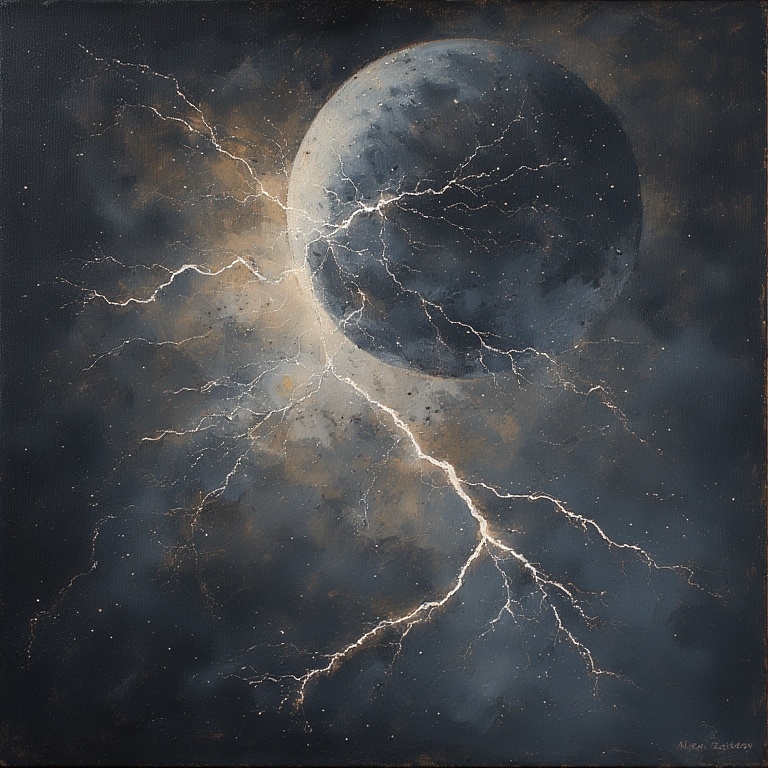
Production Context – Behind-the-Scenes Constraints
Understanding the film’s limitations requires examining its production environment.
- COVID-Era Filming – Shot during pandemic restrictions, which may have limited location variety, ensemble scenes, and stunt complexity.
- Script Revisions – Multiple rewrites reportedly occurred to align with shifting Phase 5 priorities. This led to tonal inconsistency and narrative fragmentation.
- Studio Interference – Marvel’s increasing reliance on interconnectivity may have constrained Schreier’s directorial vision. The film feels like it’s serving future projects rather than standing on its own.
Genre Analysis – What Kind of Film Is This
Thunderbolts struggles to define its genre identity, which undermines its narrative coherence.
| Genre Element | Execution Quality | Notes |
|---|---|---|
| Psychological Drama | Superficial | Trauma explored but not resolved |
| Espionage Thriller | Underdeveloped | No real spy mechanics or tension |
| Superhero Action | Minimal | Sparse set pieces – low stakes |
| Ensemble Comedy | Absent | No banter – no bonding – no levity |
- Genre Confusion – The film attempts to be all things—dark drama, team-up thriller, character study—but commits to none.
- Audience Impact – Genre ambiguity leads to tonal whiplash and unmet expectations. Viewers struggle to emotionally anchor themselves when the film doesn’t declare what kind of experience it’s offering. The result is confusion, not complexity.
Systems Thinking – Marvel’s Strategic Misstep
From a systems perspective, Thunderbolts reveals cracks in Marvel’s creative pipeline and decision-making architecture.
Overreliance on Legacy – The film banks on audience familiarity with characters rather than earning emotional investment anew. It assumes prior attachment will carry the weight of new storytelling, which it doesn’t.
Narrative Fragmentation – The push to interconnect films has led to standalone entries feeling incomplete or compromised. Thunderbolts feels like a narrative bridge with no destination.
Creative Bottleneck – Directors and writers are increasingly constrained by franchise mandates, limiting innovation and thematic depth. The result is a film that feels manufactured rather than authored.
This systemic failure isn’t just about one film—it’s about a creative model that prioritizes continuity over coherence, and spectacle over soul.
Comparative Breakdown – Thunderbolts vs Ensemble Successes
Key Insight – Successful ensemble films build emotional momentum, define genre clearly, and give each character a moment to shine. Thunderbolts does none of these. It’s a team film without teamwork, a spectacle without spark.
Missed Opportunities – What Could’ve Worked
Let’s imagine alternate creative choices that could’ve elevated the film:
Character Pairings – Bucky mentoring Ghost. Yelena clashing with Walker. Red Guardian bonding with Taskmaster. These dynamics were never explored, yet they could’ve created tension, growth, and humor.
Mission Complexity – A morally ambiguous mission—e.g., rescuing a villain or sabotaging a hero—could’ve added thematic depth and ethical tension.
Visual Innovation – Leaning into comic-book paneling, split screens, or stylized transitions could’ve matched the trailer’s promise and given the film a unique identity.
Emotional Catharsis – A final scene where the team chooses to disband, rebel, or sacrifice themselves could’ve given the film a pulse and a purpose.
These aren’t just creative flourishes—they’re structural remedies that could’ve transformed the film from filler to foundation.
Cultural Resonance – Why This Film Matters
Even in failure, Thunderbolts is instructive. It reflects broader trends and tensions in blockbuster filmmaking.
Reflects Franchise Fatigue – Audiences are growing weary of formulaic entries. This film’s reception signals a demand for innovation, emotional truth, and genre clarity.
Highlights Creative Constraints – Marvel’s pipeline may be stifling directorial voice and narrative risk. The result is films that feel safe but soulless.
Opportunity for Reform – If Marvel listens, Thunderbolts could be a turning point—toward deeper storytelling, clearer genre identity, and more emotionally resonant ensemble work.
In this sense, Thunderbolts isn’t just a misfire—it’s a mirror. It shows us what happens when a franchise loses sight of its characters, its audience, and its creative heartbeat.
Conclusion – A Film That Forgot Its Heart
Thunderbolts had the potential to be Marvel’s boldest Phase 5 entry—a gritty, emotionally complex team-up that challenged the superhero formula. Instead, it became a cautionary tale: of misaligned tone, underused talent, and marketing that promised more than the film delivered.
It’s not just a missed opportunity—it’s a signal flare. Marvel must recalibrate its storytelling priorities, empower its creatives, and remember that even in a multiverse, emotional truth and narrative cohesion still matter.
Join the Discussion
Did Thunderbolts resonate with you? Were there moments that felt promising—or particularly disappointing? Let’s dissect the film’s choices, its missed opportunities, and what Marvel can learn from this stumble.
This page may contain affiliate links, which means I could earn a commission if you click through and make a purchase—at no extra cost to you.
#ThunderboltsReview #MarvelStudios #PrimeStreaming #SuperheroCinema #StuntSequences #CharacterChemistry #ComicBookExpectations #MCUPhase5 #FlorencePugh #SebastianStan #DavidHarbour #MarvelCritique
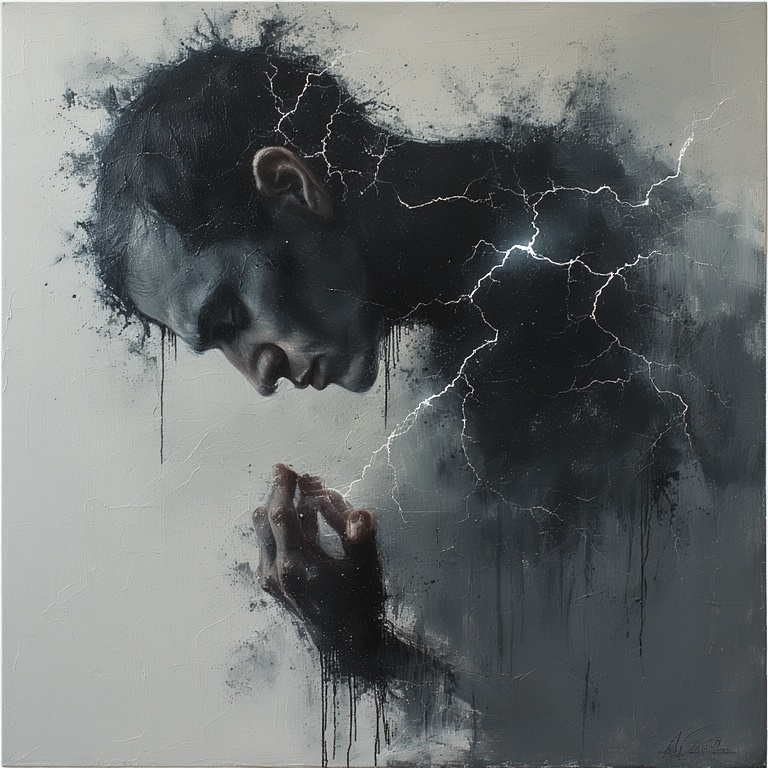
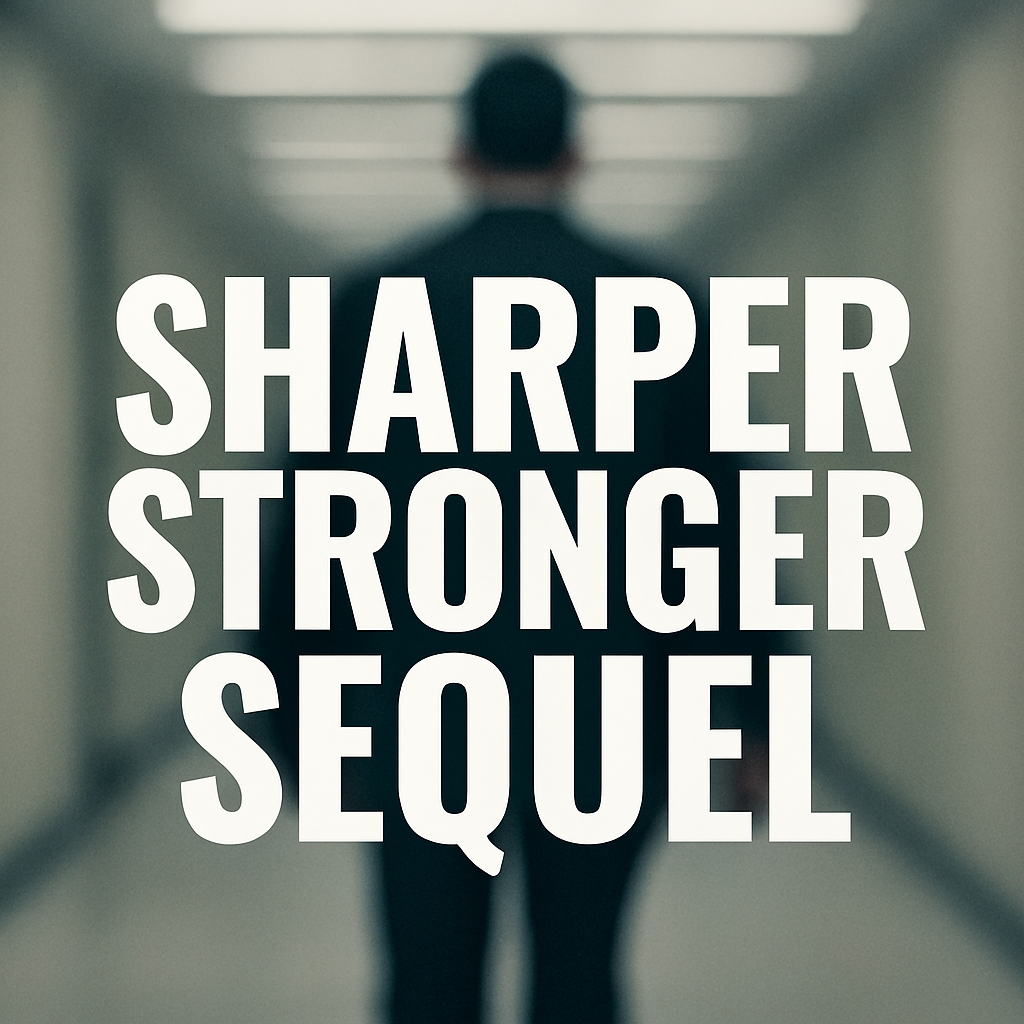
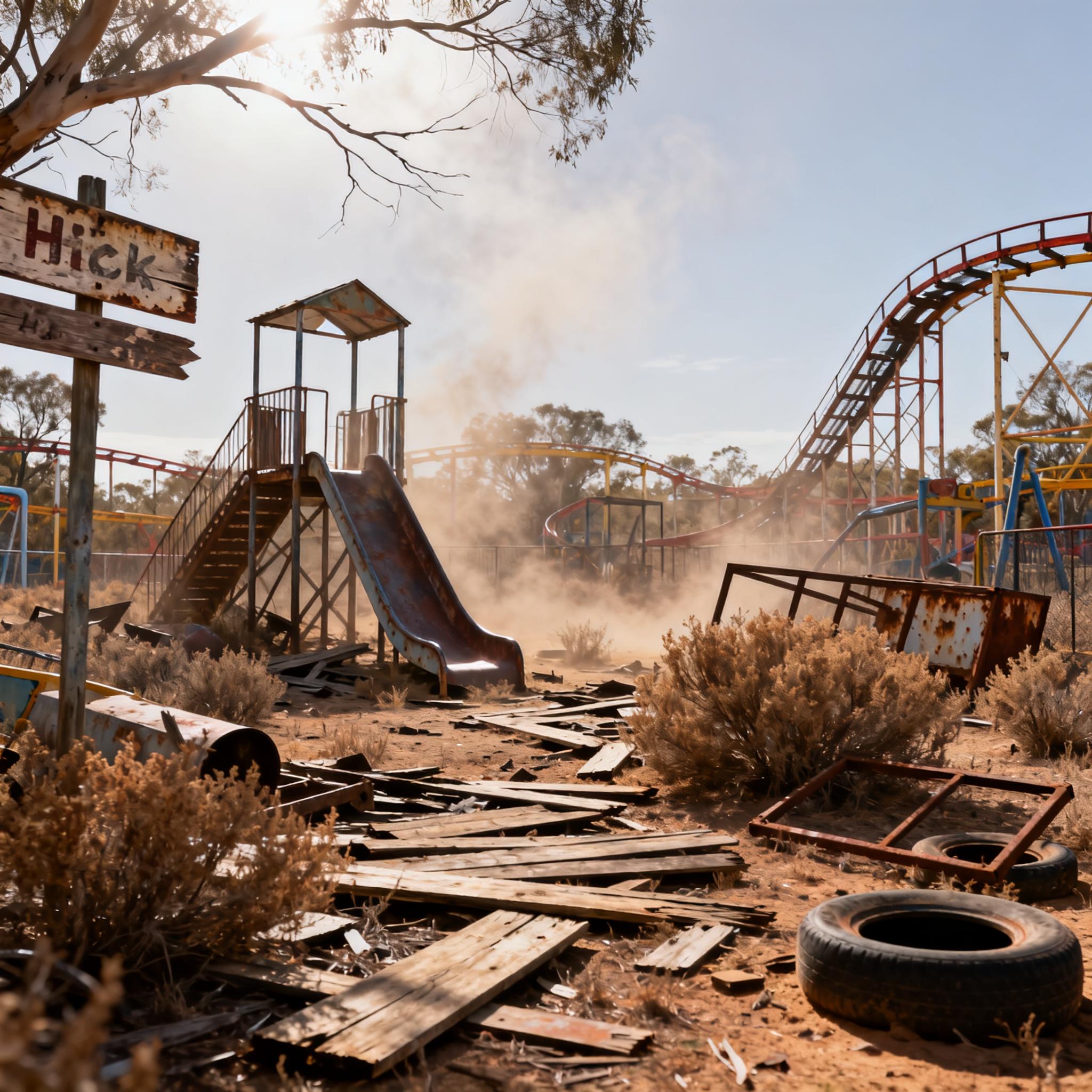

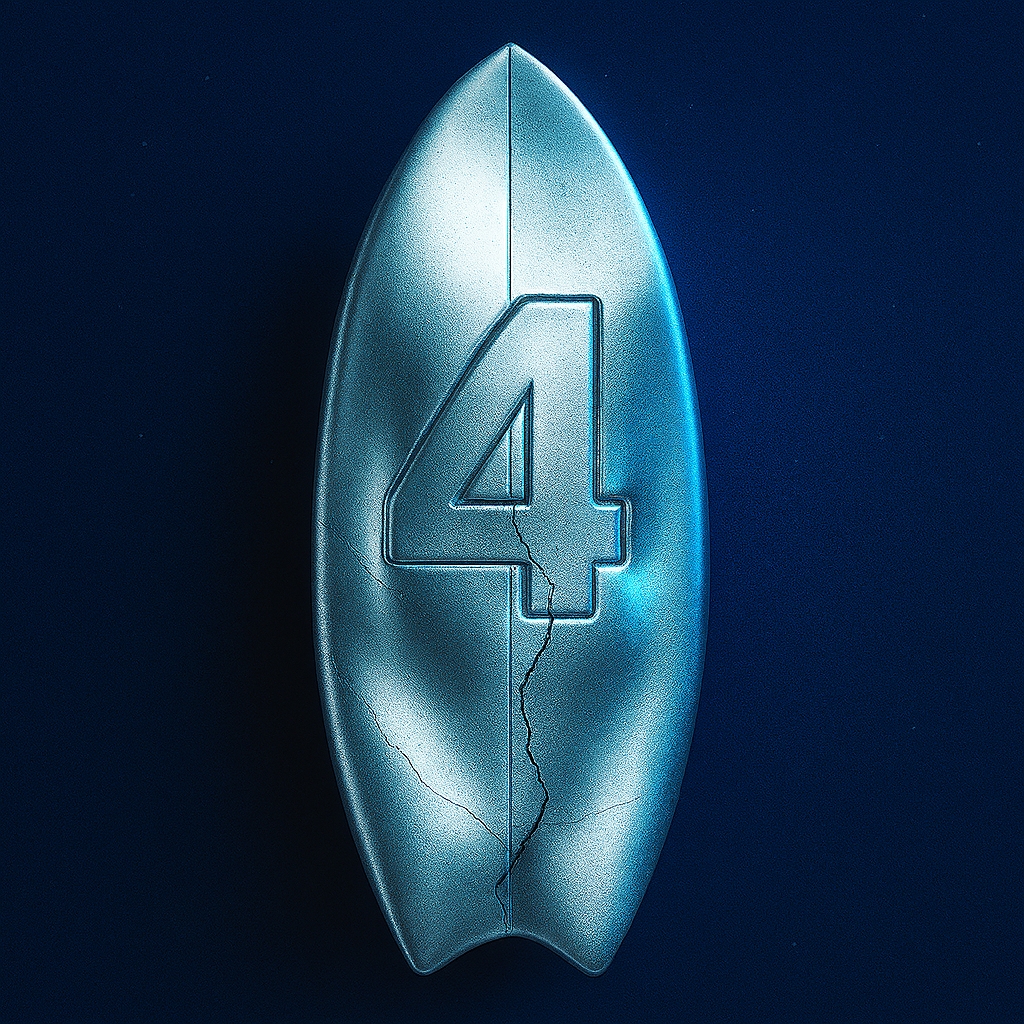
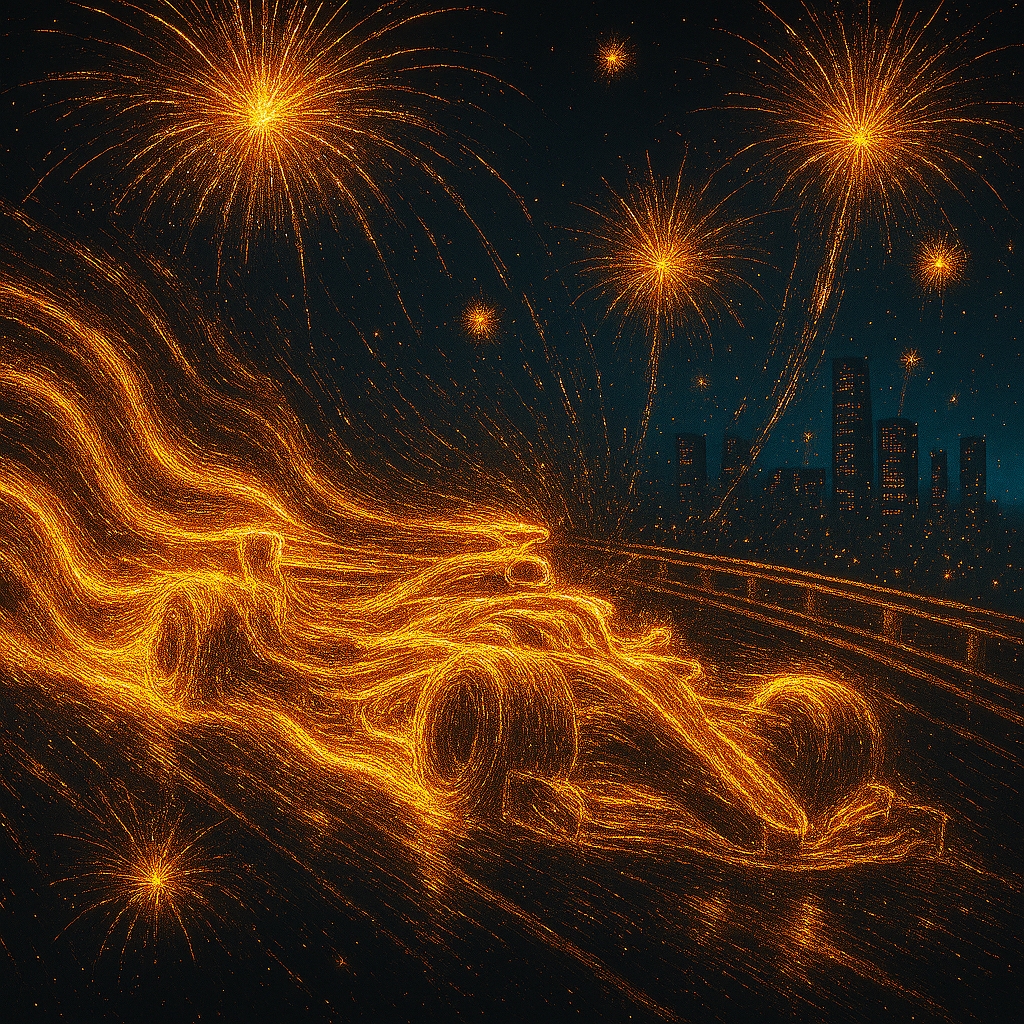





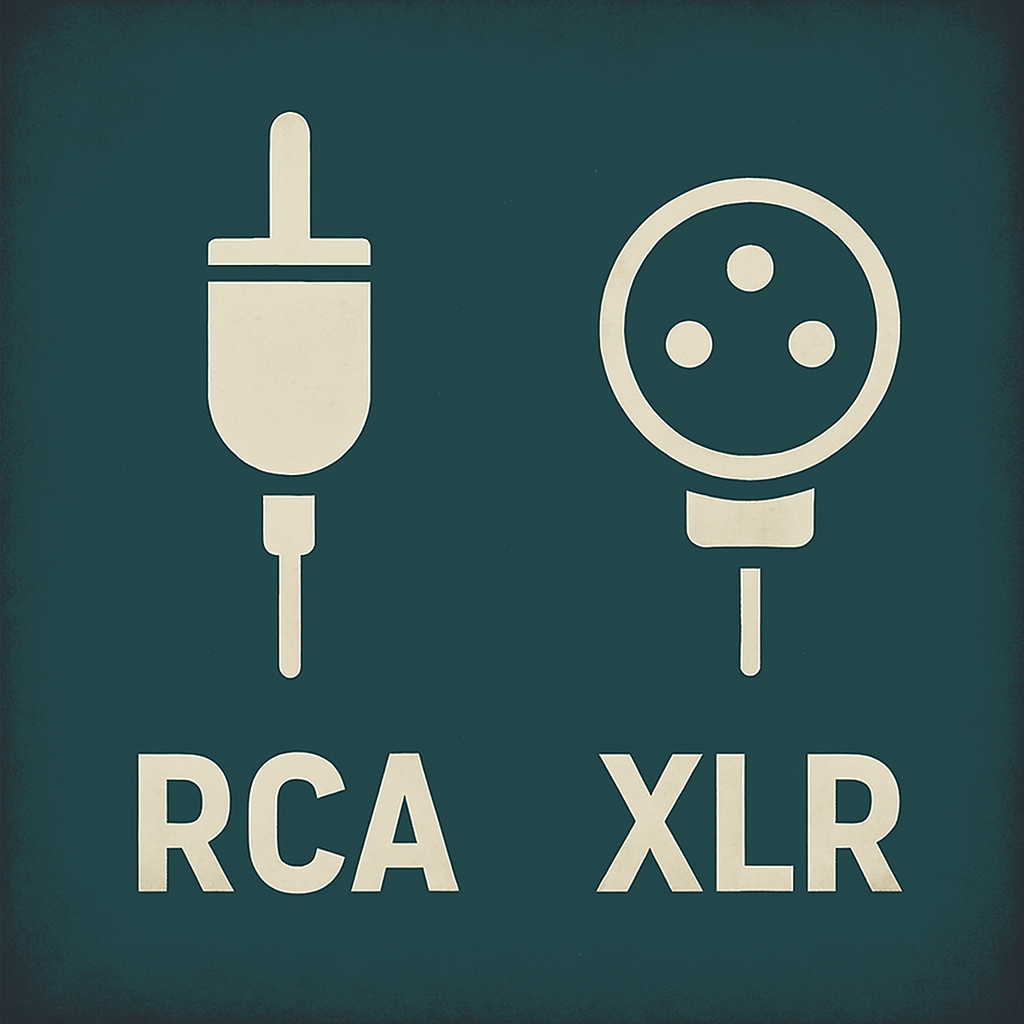


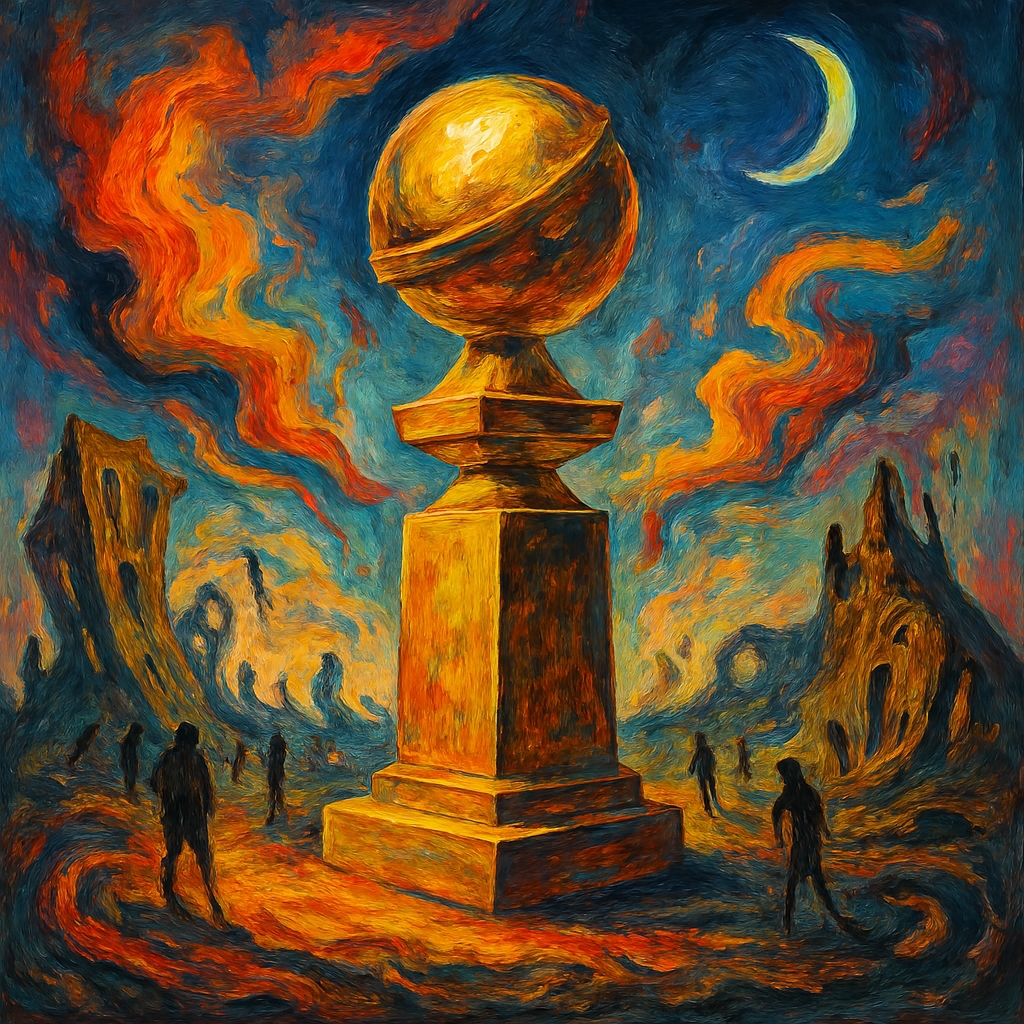
Understanding Mental Health The Strange Beyond the Buzzword
[…] health is also shaped by psychological processes that govern how we interpret, respond to, and recover from life […]